Relaxation Techniques for Smoother, Healthier Skin
Relaxation is a natural way of dealing with a notorious cause and aggravator of some skin health issues — stress. Knowing how to calm the body and mind can be an invaluable means of having smoother, healthier, and glowing skin.
Stress is the human body’s natural reaction to certain situations and events. It is a natural way for the system to protect itself during a crisis. When exposed to stimuli (both positive and negative), the body may release stress hormones (e.g. adrenaline and cortisol) to incite a “fight or flight” response. This allows a person to react to a dangerous, exciting, or upsetting situation quickly. The heart begins to palpitate, breathing becomes faster and harder, and muscles tense up to prepare for action.
Stress is geared to boosting chances for survival. Unfortunately, surviving in the modern world often means continuously ploughing through a great deal of negative stimuli. This may include: paying the bills, misplacing an important document, getting stuck in traffic, or something as simple as a cell phone battery dying.
Continuous exposure to these “crises” takes a toll on a body’s resources, making us prone to various health issues, including skin problems. When it comes to your skin, stress inhibits the body’s ability to:
– repair tissues and skin cells (resulting in scarring, dark spots, and longer healing times).
– safeguard against bacteria (making your skin prone to infection and inflammation, exacerbating conditions like acne and rosacea).
– sustain quality sleep (causing the skin to dull and undereye circles and bags to develop).
– maintain adequate levels of collagen (leading to more pronounced wrinkles, sagging, and premature aging).
Relaxation techniques induce something called the “relaxation response,” which is the counter to the “fight or flight” response. Unlike latter, which is an involuntary reaction, the relaxation response engages an individual’s awareness of their own body and manifests an ability to will-fully encourage it into a pre-stress state.
To put it in very simple terms, learning how to relax can be an effective way of battling the negative effects of stress and promoting overall health and wellness.
Various methods have been developed to trigger the relaxation response; here are some techniques you can use to relax and de-stress:
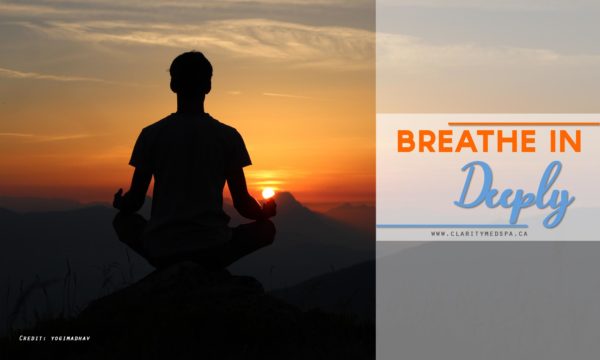
Deep Breathing Exercises
Rapid, shallow breathing limits the exchange of oxygen and carbon dioxide in the lungs. It can occur when the body is stressed. Deep breathing exercises can expand the lungs, slow the heart rate, and decrease (or maintain) desirable blood pressure levels.
Deep breathing involves breathing through your abdomen instead of through the chest. Another advantage of this exercise is it’s possible to do it anywhere. Try it at home, in the office, or at the park. You only need a comfortable spot. Sit with your back straight, inhale as deeply as you can through your nose, exhale through your mouth, and repeat. Make sure your belly expands (instead of your chest) when performing this exercise.
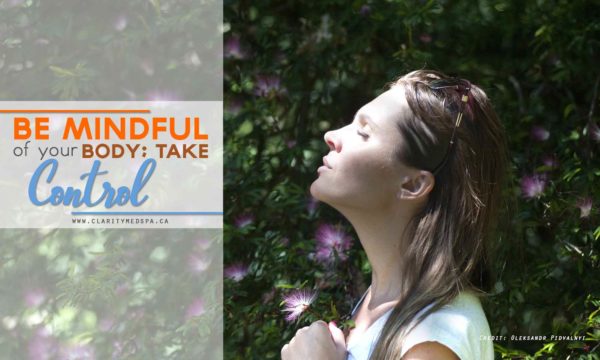
Meditation
Meditation incorporates deep breathing and a concept often referred to as “mindfulness.” This approach, ideally, switches your focus from the negative to the positive. Instead of mulling over the past or being anxious about the future (both stress-inducers), you restore your whole system to a state of calm. Meditation allows you to bring yourself to the present and put aside worries. Next, you can foster awareness for various parts of your body, locate sources of tension, and purposefully release them.
Find a comfortable position, focus on your breathing, and ask your body to relax. “Scan” your body, pay attention to each area for one or two minutes, feel the sensations (like pain or numbness) in every part, and allow tense muscles to loosen. You can learn how to use this technique with the guidance of a licensed yoga instructor, or meditation specialist.
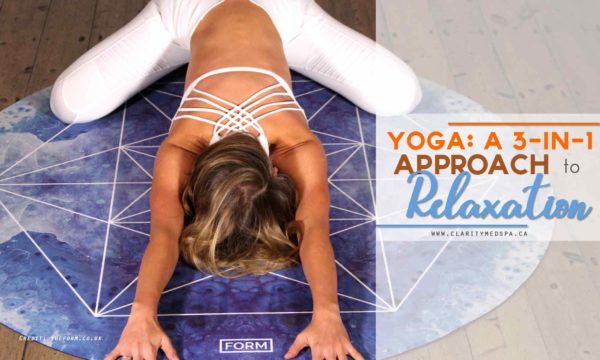
Yoga
Take your body one step further by integrating deep breathing, meditation, and stretching. Yoga combines the mental focus of the first two approaches with physical engagement. Stretching in a calm (not forced) manner effectively loosens tight muscles, relieving pain and stress. In addition to activating the relaxation response, yoga can increase fitness level and helps manage some chronic conditions. This slow, deliberate exercise boosts mood and may amplify your feelings of health and well-being.
Different yoga positions target various areas of your body. Some (like the “Child’s Pose”) are designed mainly for relaxing, others (like the Downward-Facing Dog) are for stretching muscles, and many others (like the Boat Pose) are for building strength. Ask your instructor to recommend which poses will best address your physical and mental concerns. Be sure to mention any physical limitations or injuries you may have, so they can recommend adaptations to certain positions. You never want to experience pain or “pushing” — both are contraindicated in yoga, and detrimental to the body.
Before you begin any exercise plan, it with your health care provider. Certain conditions (e.g. herniated disc, osteoporosis, pregnancy) may require specific approaches, or a different type of exercise/rehabilitation.

Music
Science has proven that listening to music can benefit overall health. Musical preference varies from one individual to another; it is up to you to choose which type of music elicits calm and relaxation. Making music (e.g. playing instruments, singing) can have a similar effect.
Some classical music, folk music ( e.g. Celtic or African), light jazz, or sounds of nature are recognized as some of the most effective sounds for calming the nerves. Listen while in the bath or shower, while walking or exercising, or during a ride on public transit. Music can also enhance the experience of meditation and yoga.
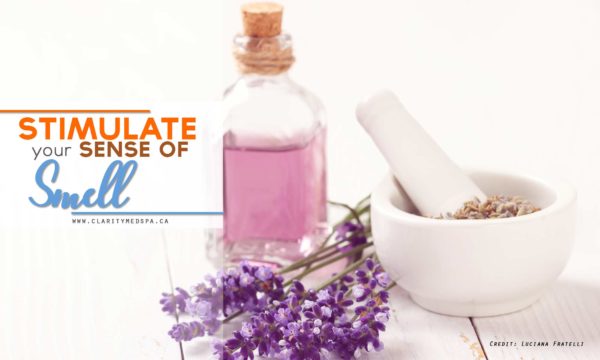
Aromatherapy
Smell is a powerful sense, predominantly because the olfactory (nose) system is directly linked to the brain’s limbic system. The limbic area is responsible for both memory and emotions. Pleasant smells can have the power of eliciting positive emotions, relieving stress, and inducing relaxation.
Aromatherapy uses essential oils with this intention in mind. As with music, different scents affect people differently, but there are a few aromas generally regarded as having a calming effect, including:
- Chamomile
- Peppermint
- Lavender
- Jasmine
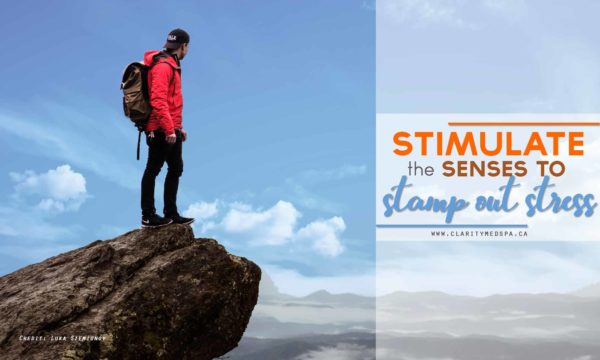
Exercise
Exercising may seem counterintuitive as a relaxation technique. Most of use regard it as hard work requiring mental and physical discipline. However, exercise is known to reduce stress hormone levels in the body while increasing the production of endorphins. Endorphins elevate mood and act as a sedative (similar to morphine, but without any addictive quality), causing the body to relax. Exercise also improves the quality of sleep, keeping insomnia at bay.
Engaging in activities like sports, aerobics, rhythmic exercise, or simply power walking can help you reap some relaxation benefits. If you have difficulty with your joints, water aerobics and swimming are excellent exercise options. Talk to your physician or physiotherapist about the best options for you.
Stress is manageable. By learning how to relax, you can remove tension from your muscles, face, and skin. Take control of your life and health and limit the effects of stress on both the mind and body. Pass the back of your hand gently over your forehead. Do you feel tension? Wrinkles? If so, it’s time to calm your face and focus on some self care.
Complement your relaxation practices the skin care services offered by Clarity Medspa & Laser. Rejuvenate your skin and sustain its healthy and youthful glow. Contact us to talk about a wellness and skin care regimen that’s organic and free of harmful toxins and parabens: (416) 960-2222.

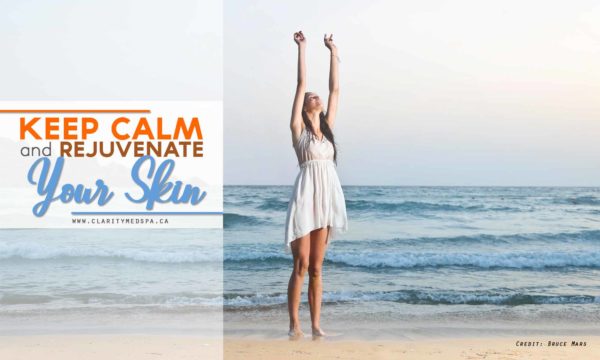
 Linkedin
Linkedin Facebook
Facebook  Instagram
Instagram  Twitter
Twitter  Youtube
Youtube